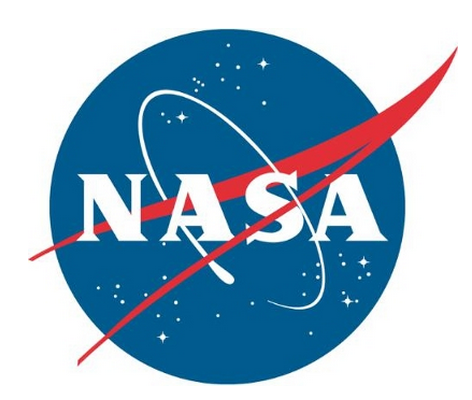Airlines adopt NASA tech to save fuel, time


Virgin America and Alaska Airlines are adopting NASA technology to improve fuel consumption rates and efficiency in the air.
Announced on Tuesday, the US National Aeronautics and Space Administration (NASA) said the adoption of the agency's Traffic Aware Planner (TAP) application will help carriers make "traffic aware strategic aircrew requests" (TASAR), allowing for changes to route plans in real-time to make flying more efficient and save on fuel.
TAP connects directly to a plane's avionics information hub, by which the software is able to read the position and altitude of the craft, planned flight route and other data including potential hazards and obstacles. NASA's software then actively searches for a better route or altitude changes which could save both fuel and time, before sending these suggestions to the flight crew.
The software is also able to connect to the plane's Automatic Dependent Surveillance-Broadcast (ADS-B) receiver and scan the ADS-B signals of nearby air traffic to alert crew to potential collisions or conflicts in proposed flight changes. This, in turn, gives air traffic controllers a better idea of what is happening in the sky and data in which to either accept or deny a pilot's route change request.
If a plane is equipped with Internet connectivity, TAP can access real-time data pertinent to proposed flight changes including weather conditions, wind forecast updates and restricted airspace status.
David Wing, TASAR project lead at NASA's Langley Research Center in Hampton, Virginia commented:
Featured
"The system is meant to help pilots make better route requests that air traffic controllers can more often approve. This should help pilots and controllers work more effectively together and reduce workload on both sides from un-approvable requests.
TASAR takes advantage of NASA's state-of-the-art TAP software, flight information directly from the aircraft and the emerging ADS-B and Internet infrastructure to help pilots get approved to fly the most efficient or time-saving trajectory possible."
The software has already been piloted aboard a Piaggio P180 Avanti aircraft, and after being granted a route change request the pilot was able to save four minutes off the flight time from Virginia to Kentucky. If these results can be mimicked across a full fleet, this could save an airline a vast amount in fuel costs and time.
Virgin America and Alaska Airlines plan to adopt the technology for the next three years.
"Up until now there has been no way to deliver comprehensive wind and congestion data to pilots in near-real time," said Tom Kemp, Alaska Airlines' vice president of operations in Seattle, Washington. "TASAR is a 'super app' that will give our pilots better visibility to what's happening now versus three hours earlier when the flight plan was prepared."
In related news, Lufthansa has announced plans to introduce Wi-Fi services to short-haul flights in the next year. Through a partnership with Inmarsat, the carrier plans to offer the platform, BoardConnect, to other airlines in the future.
Must-have iOS, Android productivity apps
Read on: Top picks
- How to access Wi-Fi anonymously from miles away
- Flic: The wireless button which brings the connected world into your home (hands-on)
- Adblock Plus Google Play exile ends, launches iOS, Android browser
- One password gifts hacker with hundreds of Firefox bugs, vulnerabilities
- Fiat Chrysler recalls 8,000 extra Jeeps over remote control hacking worries